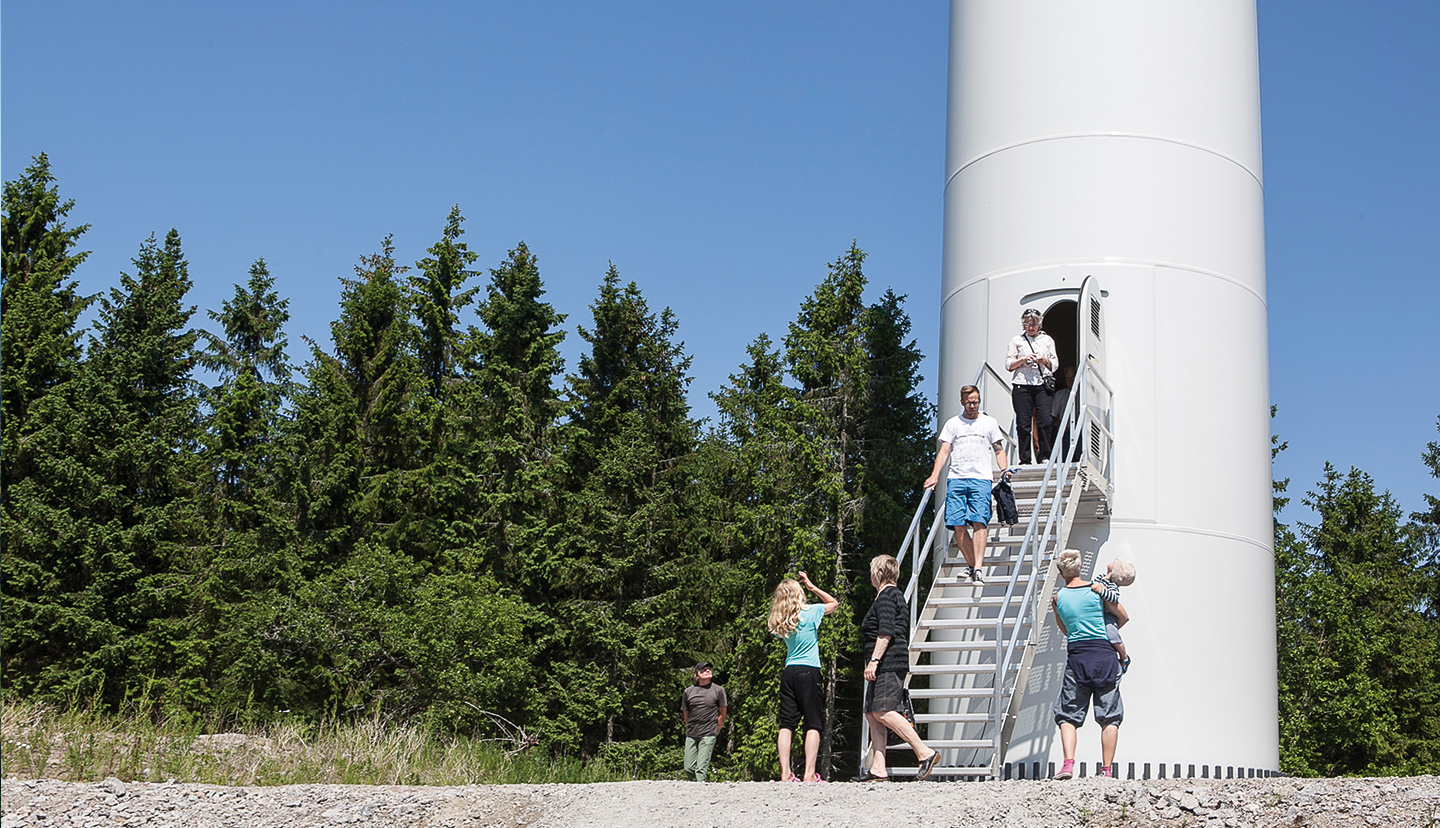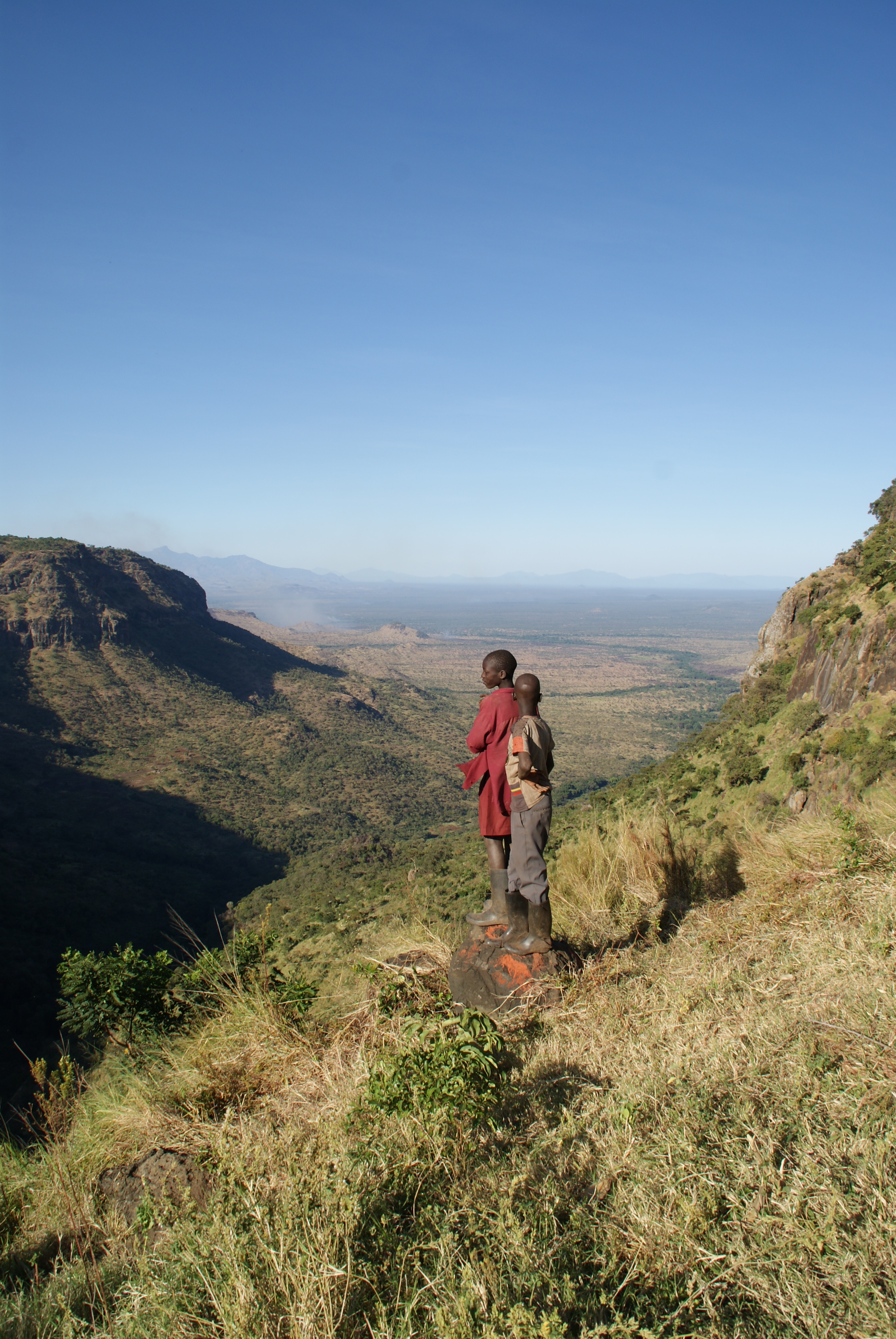By sharing risk the EIB draws private money to climate finance projects alongside public funds
The wind farm at Langmarken, Sweden, will be unlike any other. Not because of the turbines—manufactured by Denmark’s Vestas, they will be much like any other when construction is completed. It is the financing of the 23 MW onshore facility that is innovative.
Here’s how. The European Investment Bank has held a EUR 40 million share in Mirova Eurofideme 3 since 2014. In March, after the French fund invested in Langmarken, the EIB co-invested EUR 16 million directly in the wind farm, so Mirova and the Bank jointly own 90 percent. It is a big step for the EIB, which typically doesn’t take ownership stakes.
The EIB co-investment uses the Investment Plan for Europe’s European Fund for Strategic Investments (EFSI), which combines EIB funds and an EU budget guarantee. The Bank has used EFSI to back small businesses in 26 EU Member States and to finance innovations from German digital printers to Greek snack foods. But EFSI is also a powerful tool to do climate-action deals bigger and faster.
Big climate finance needs
The EIB is already the world’s biggest climate-action financier. Last year the EIB provided a record EUR 20.7 billion for climate action with funding to every EU member state and projects from Nicaragua to Nepal. By 2020 the Bank expects to finance climate projects worth USD 100 billion.
But investment by even the biggest development banks won’t be enough to fund the climate targets laid out at COP 21 in Paris. Just as the Investment Plan for Europe triggers private investment in innovation and in small and medium-sized enterprises, so, by sharing risk the EIB draws private money to climate-action projects alongside public funds.

Climate finance strategies
The EIB has three primary ways of doing this:
- Coinvestments like Langmarken, which allow private fund managers to get behind bigger projects than they could do on their own
- Layered-risk deals in which public funds take a bigger portion of the risk in a project and, thus, make an investment more attractive for private money
- Soft enhancement is a term the Bank uses for deals where the fact of EIB’s presence demonstrates that a project has been examined in-depth and assessed to be a good one. This can be critical to investors attracted to the deal but lacking the EIB’s resources or infrastructure expertise
(The Investment Plan for Europe’s EFSI pillar plays a role in all these aspects. So far the EIB has approved EUR 738 million of climate-action investments in funds with EFSI.)
Let’s look at some of those concepts in more detail.

- Siti hydropower project Uganda, backed by GEEREF
Layered risk in climate finance
The Global Energy Efficiency and Renewable Energy Fund (GEEREF) is a great example of a layered-risk fund. It invests in the kinds of deals that medium-sized pension funds tend to shun—hydroelectric projects in the Philippines, Indian solar power, geothermal plants in Ethiopia. But GEEREF has a EUR 112 million investment from Norway, Germany and the EU, which it uses to partially offset the risk to private investors by assigning first losses to the public money and a preferential return to the private money. The fund raised EUR 110 million from private investors on the back of that clever de-risking strategy. Most of that probably would never have been invested in climate action in developing countries without GEEREF.
Impact is key to all EIB layered-risk investments. Take Green for Growth, a EUR 368 million fund run by the Frankfurt firm Finance in Motion. With a EUR 50 million EIB investment, Green for Growth backs renewables and energy efficiency in the Western Balkans and Turkey. The CO2 savings from its work is equivalent to 1.9 million Frankfurt to London passenger flights. This autumn Green for Growth intends to expand into North Africa and the Middle East and has asked the EIB to support the move with a further investment.
The soft side of climate finance
Soft enhancement is also a valuable aspect of the EIB’s work in climate action. Many long-term investors lack the resources to carry out the intensive due diligence required on, say, a renewable energy project in Africa. They know, however, that the EIB has those resources. So an EIB investment in itself encourages private investors to get on board.
That’s happening now in the first utility-scale solar photovoltaic facility in Senegal. Finalised in February, Senergy is the first investment by the Meridiam Infrastructure Africa Fund, in which the EIB holds a EUR 30 million share. The EIB took a lead role in enhancing environmental and social management system of the fund, because of its long relationship with the fund manager. But the fund’s investments are also economically viable. That is why co-investors include insurance companies, pension funds, and a sovereign wealth fund. The result: cleaner energy for Senegal at a cost much lower than usual for that country, and another step toward a sustainable world.
